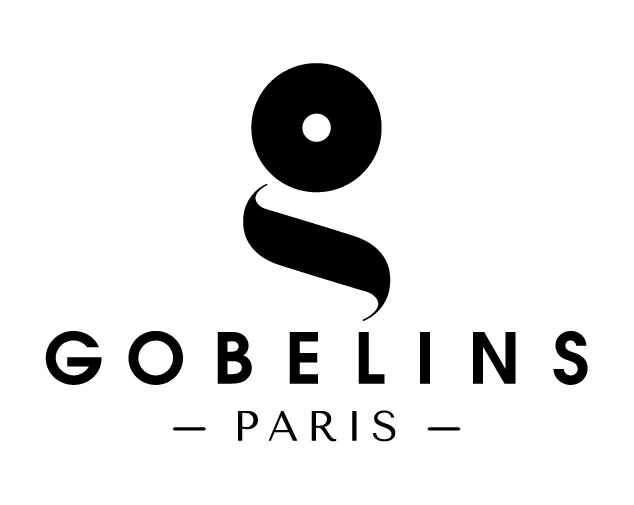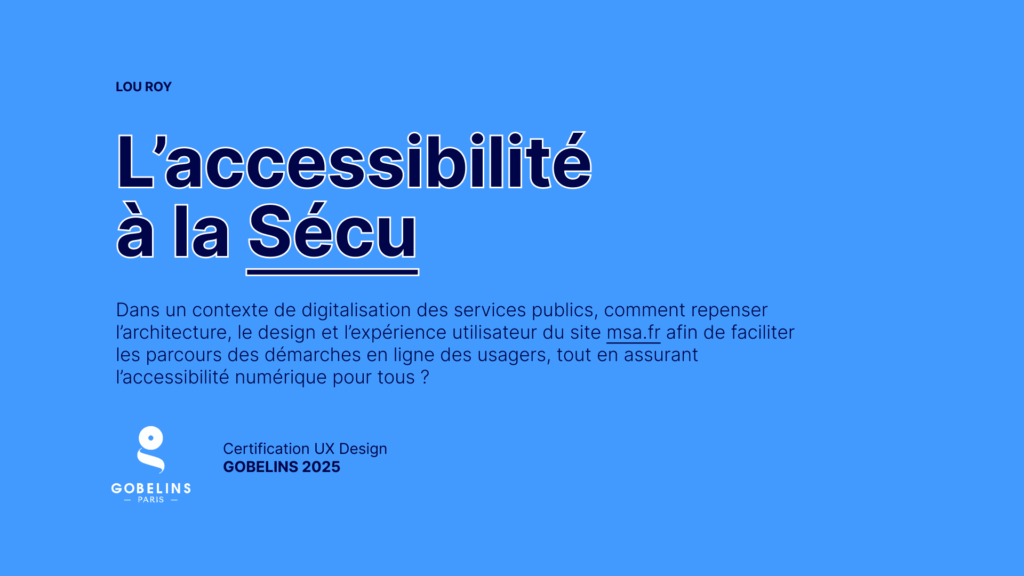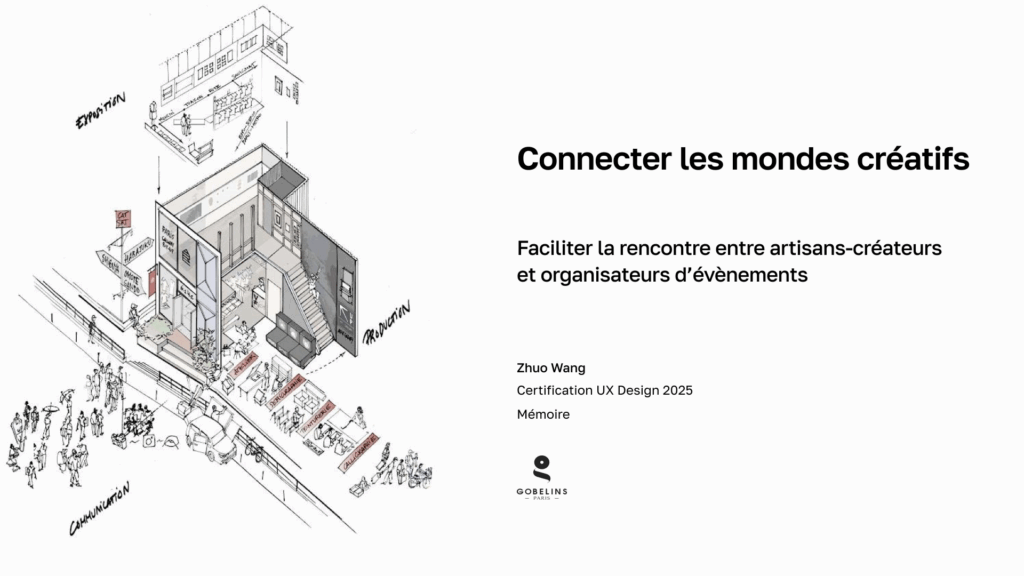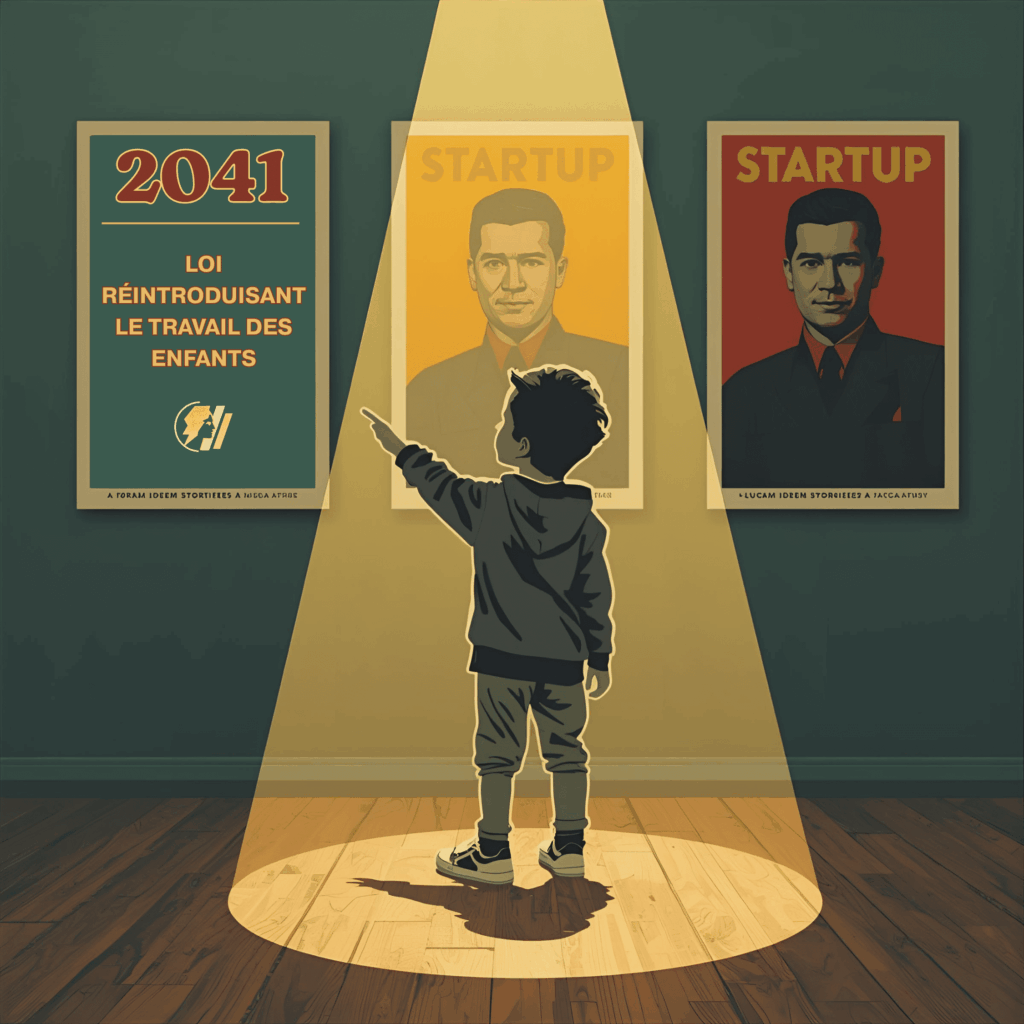Le chien est le premier animal à avoir été domestiqué par l’homme. Cette relation très particulière
a débuté voici 15 000 ans et n’a cessé de se transformer au gré des besoins de l’homme
Le chien a d’abord été exploité par l’homme à des fins utilitaires. Le chien chassait le gibier, protégeait l’homme, tirait et portait de lourdes charges.
Aujourd’hui, le rôle incarné par le chien est essentiellement social. On entend les hommes qualifier leur chien de meilleur ami, compagnon de jeux, confident, et de plus en plus, d’enfant de substitution, membre à part entière du foyer.
Sur le plan utilitaire, le chien peut aussi être formé par des spécialistes et se voit confier des missions hautement qualifiées dans le domaine de l’aide à la personne porteuse de handicap physique, autiste, épileptique, hypoglycémique ou allergique.
Si le chien a pu s’adapter aux différents projets de son compagnon de toujours, il n’en reste pas moins qu’il a, aujourd’hui, à surmonter des difficultés souvent préjudiciables pour lui.
Le chien doit généralement rester seul trop longtemps. Il doit aussi rester tranquille alors qu’il est souvent soumis à trop de stimulations et d’excitation dans les interactions avec sa famille d’adoption. Dehors, le chien est de plus en plus bridé dans l’expression de ses besoins. Les échanges avec ses congénères s’opèrent avec un grand manque de connaissance en matière de communication propre au langage canin.
La gêne et l’incompréhension des humains entravent les nécessaires interactions entre les chiens et perturbent profondément l’équilibre de leurs compagnons.
Cette triste inadéquation entre le mode de vie imposé par l’homme à son compagnon et les besoins réels du chien va souvent être à l’origine de graves troubles comportementaux.
En France, le nombre de chiens est passé de 7 millions d’individus en 1970 à 10 millions de chiens en 2020, selon les statistiques du Syndicat National des Vétérinaires d’Exercice Libéral (SNVEL).
En parallèle, les derniers chiffres publiés du Centre National de Référence pour le bien-être animal (CNR BEA) affichent près de 60 000 abandons enregistrés en 2021, soit environ 7 chiens abandonnés toutes les heures.
Pour déterminer la cause principale d’abandon, le CNR BEA a réalisé une enquête auprès de plusieurs responsables de refuges et fourrières.
La première cause d’abandon invoquée par les propriétaires de chiens correspond avant tout aux problèmes de comportements de leur animal. Le manque d’information, les acquisitions non réfléchies, les divorces, les déménagements et naissance d’enfant sont également invoquées de façon récurrente.
Comment l’UX peut aider à détecter les schémas répétitifs, identifier les causes racines, et aider les hommes à mieux cohabiter avec les chiens?
Le champ est vaste, je choisis une problématique volontairement large pour débuter le chantier :
« Comment accompagner les propriétaires à mieux connaître leur chien et ainsi développer une relation épanouie ? ».
Pour définir mon cadre de travail, je m’appuie sur la théorie du double diamant, et démarre mon processus de conception en me plongeant volontiers dans les recherches exploratoires pour identifier les besoins insatisfaits qui s’expriment le plus.
La recherche générative et son analyse me permettront d’identifier les problèmes les plus urgents à répondre.
Une fois le cadre posé, je pourrai alors envisager les solutions UX les plus pertinentes pour répondre au défi de la lutte contre l’abandon de chiens en France.
Dog is the first animal that have been domesticated by humans. This very special relationship began 15,000 years ago and has continuously evolved based on human needs.
Initially, dogs were used by humans for utilitarian purposes. They hunted preys, protected humans, pulled and carried heavy loads.
Nowadays, dog’s purpose is primarily social. People often refer to their dog as their best friend, playmate, confidant, and more and more, as their child, a full member of the family. On a functional level, dogs can also be trained by specialists and are entrusted with highly skilled tasks such as assisting people with physical disabilities, autism, epilepsy, hypoglycemia, or allergies.
Even if dogs have showed us amazing adaptability over the years, they now face challenges to fit into human’s life. Dogs generally have to stay alone for too long. They are expected to remain calm despite being subjected to too much stimulation and excitement in interactions with their adoptive families. Outside, dogs are increasingly restrained in expressing their needs. Their interactions with other dogs occur with a significant lack of understanding about the nuances of canine communication. The discomfort and misunderstanding of humans while assisting to interactions between dogs, profoundly disrupt the balance of their companions.
This unfortunate mismatch between the lifestyle imposed on dogs by humans and the real needs of dogs often leads to serious behavioral issues.
In France, the number of dogs has increased from 7 million in 1970 to 10 million in 2020, according to statistics from the National Union of Independent Veterinarians (SNVEL). At the same time, the latest figures published by the National Reference Center for Animal Welfare (CNR BEA) recorded nearly 60,000 cases of abandonment in 2021, equivalent to around 7 dogs being abandoned every hour.
To identify the main causes of abandonment, the CNR BEA conducted a survey among several shelters and pound managers.
The primary cause of abandonment cited by dog owners was their pet’s behavioral problems. Lack of information, impulsive acquisitions, divorces, relocations, and the birth of a child were also frequently mentioned.
How can UX design help detect repetitive patterns, identify root causes, and assist humans in cohabiting better with dogs? The field is vast, so I am choosing a deliberately broad problem statement to begin the project: “How can we support dog owners in getting to know their dogs better and developing a fulfilling relationship?”
To define my framework, I rely on the double diamond theory and start my design process by diving into exploratory research to identify the most expressed unmet needs. Generative research and its analysis will allow me to identify the most urgent problems to address.
Once the framework is established, I can then consider the most relevant UX solutions to tackle the challenge of combating dog abandonment in France.



